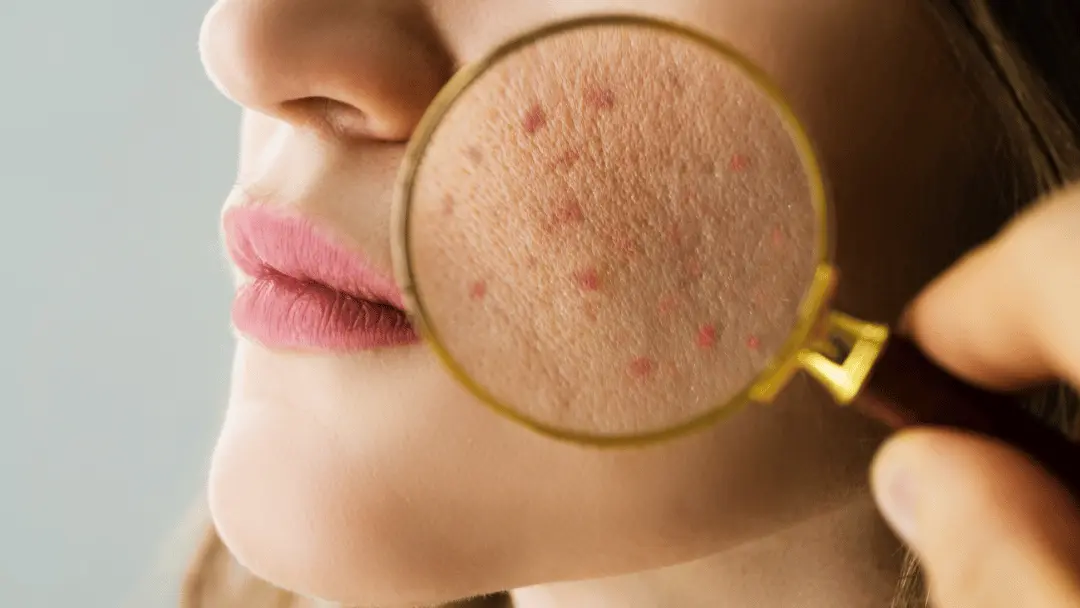Find a trusted dermatologist near you for consultation.
Find a trusted dermatologist near you for consultation.
Blog Article
Browsing Skin Cancer Cells Treatment: The Important Role of Mohs in Modern Dermatology Practices
Skin cancer, a daunting diagnosis, typically leaves individuals grappling with many treatment options. Amongst these, Mohs surgical procedure stands as a beacon in modern dermatology, renowned for its thorough approach to cancer cells elimination and conservation of surrounding healthy tissue. This innovative method promises not only remarkable cosmetic end results yet additionally uses immediate outcomes, easing patient anxiety. As we explore the intricacies of this treatment, one will appreciate its pivotal function in skin cancer cells treatment.
Understanding Skin Cancer: Kinds and Dangers
There are 3 main types of skin cancer: Basic cell carcinoma, Squamous cell carcinoma, and Cancer malignancy. It accounts for just concerning 1% of skin cancer cells cases yet causes the huge bulk of skin cancer fatalities. Risk variables include fair skin, history of sunburn, extreme sunlight direct exposure, living at high elevations or close to the equator, having many moles, a family history of skin cancer, and weakened immune system.
What Is Mohs Surgical treatment and Just How It's Reinventing Skin Cancer Cells Therapy
In spite of the various treatments currently available for skin cancer, Mohs surgery stands out as a groundbreaking and highly effective solution. Named after Frederic E. Mohs, the medical professional that created the procedure, Mohs surgical procedure is an accurate medical strategy utilized to treat skin cancer cells. This level of accuracy, incorporated with the capacity to save as much healthy and balanced tissue as feasible, is revolutionizing skin cancer cells therapy.
The Advantages of Mohs Surgery Over Conventional Skin Cancer Cells Treatments
Building on More Help the ingenious nature of Mohs surgical procedure, it's crucial to consider its many benefits over conventional skin cancer cells therapies. Unlike conventional treatments, Mohs uses a greater treatment price, often getting to 99% for first-time treatments and 94% for frequent cancers. Furthermore, it decreases damage to healthy and balanced skin, leading to much less scarring and improved aesthetic results.
The Treatment of Mohs Surgery: What to Expect During the Process

Potential Negative Effects and Post-Operative Care of Mohs Surgical Procedure
Undertaking Mohs surgical treatment, like any basics type of other surgical treatment, includes potential side results that individuals must be conscious of. Typical side effects consist of discomfort, wounding, and swelling at the surgical treatment website. In some situations, added treatments might be essential to ensure total removal of the cancerous cells.
Final thought

Report this page